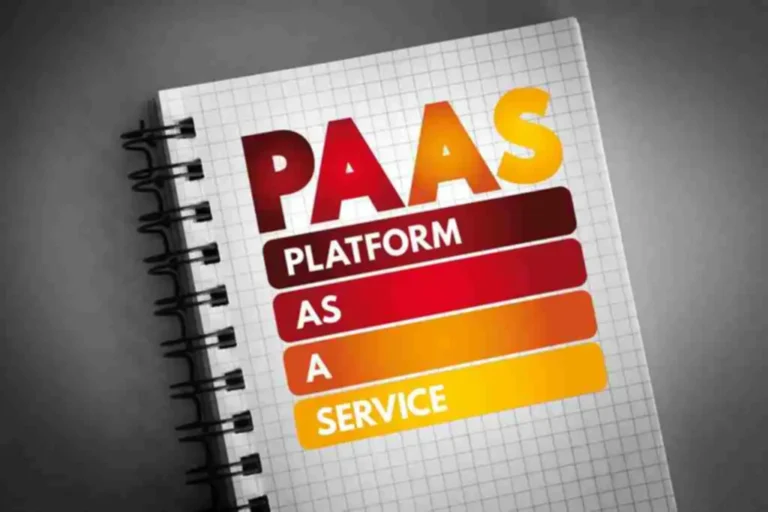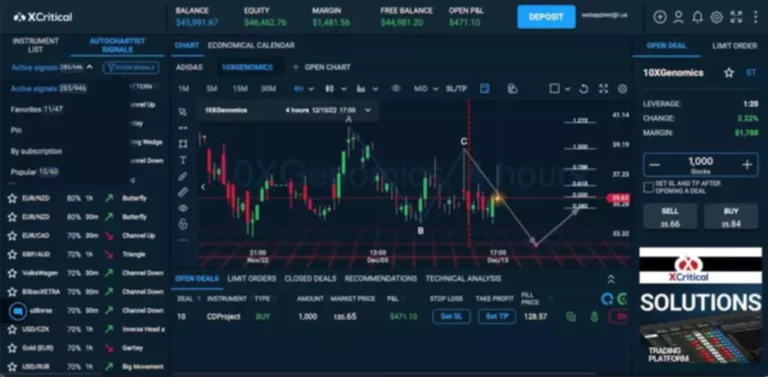Understanding Carrying Value vs Fair Value Coinranking
For assets, the value is based on the original cost of the asset less any depreciation, amortization or impairment costs made against the asset. When intangible assets and goodwill are explicitly excluded, the metric is often specified to be tangible book value. The book value of a company is a widely used financial metric that represents the net worth of a business carrying value vs book value based on its balance sheet. It is calculated by subtracting the total liabilities from the total assets, providing an indication of what shareholders would receive if the company were to be liquidated. While book value can be a useful tool for investors and analysts, it also has its limitations as a measure of true worth.
- In our example, Company XYZ's shareholders' equity would be $500,000, as we determined in the previous step.
- Check to see if an organization is utilizing their belongings to safe loans when it's struggling financially.
- Asset book value An asset's initial book value is its actual cash value or its acquisition cost.
- The guide worth is the entire belongings - whole liabilities and may be present in an organization's steadiness sheet.
- When e-book worth equals market value, the market sees no compelling cause to imagine the corporate's belongings are better or worse than what is statedon the steadiness sheet.
As it can be higher or lower than market value, relying solely on NBV for asset valuation may not be appropriate. Book value is a key measure that traders use to gauge a inventory's valuation. The guide worth of an organization is the entire worth of the corporate's assets, minus the corporate's excellent liabilities.
Get in Touch With a Financial Advisor
If the asset in question is a natural resource, it will be recorded as a depletion expense in the income statement similar to depreciation expense. Accumulated depletion is the total amount of depletion expense charged against a natural resource. An individual can have a negative net worth if his debt is more than the value of his assets. In this case, the individual may file for Chapter 7 bankruptcy protection to eliminate some of the debt and to prevent creditors from trying to collect on the debt. However, some liabilities such as child support, alimony, and taxes, cannot be discharged.
This means that the written-down value of an asset can be lower than its carrying value. This means that they need to assess whether the carrying value of their assets is still recoverable or not. If the company determines that an asset's carrying value is not recoverable, it must recognize an impairment charge, reducing the asset's written-down value. Some assets might have a higher market value than book value, meaning it would sell for more than what you paid for it minus depreciation. Market value, also called fair value, is what an asset would sell for in the current market.
The stability sheet additionally takes into consideration amassed depreciation of these assets, and that helps convey the true value of the property nearer to the number used for book worth functions. Often, book worth is expressed on a per-share basis, dividing the total shareholder equity by the number of shares of inventory excellent. When it comes to financial reporting, there are several ways to value assets, and as a result, it can be confusing to understand the different methods.
Company A has consistently reinvested profits into acquiring new assets, resulting in a higher book value compared to Company B, which has distributed profits to shareholders through dividends. In this scenario, Company A may be perceived as having greater financial stability due to its higher book value. For instance, if Company ABC purchased a building for $1 million ten years ago and it has depreciated by $200,000 since then, its book value would be $800,000 ($1 million - $200,000). However, the market value of the building could be higher or lower than this amount due to factors like real estate market fluctuations. The issue of more shares does not necessarily decrease the value of the current owner.
Financial Accounting I
Carrying value can be affected by changes in the market value of an asset or liability. For example, if the market value of an asset decreases, the carrying value of the asset will also decrease. Similarly, if the market value of a liability decreases, the carrying value of the liability will also decrease. Written-down value, on the other hand, is only affected by changes in the value of the asset.
Small business book value
Let’s say a company owns a tractor worth $80,000 to be used for developing its newest land property. The said tractor’s annual depreciation is $3,000 and is expected to still be of use for 20 years, at which time the salvage value is expected to be $20,000. Book value can refer to several different financial figures while carrying value is used in business accounting and is typically differentiated from market value. In most contexts, book value and carrying value describe the same accounting concepts. In these cases, their difference lies primarily within the types of companies that use each one.
In theory, BVPS is the sum that shareholders would obtain within the event that the firm was liquidated, the entire tangible belongings had been offered and the entire liabilities had been paid. However, because the property would be offered at market costs, and e-book worth uses the historic prices of property, market worth is taken into account a greater flooring price than guide worth for an organization. Book value, also known as carrying value or net asset value, represents the value of a company's assets minus its liabilities. It is calculated by subtracting total liabilities from total assets on the balance sheet. The resulting figure reflects the net worth of the company based on historical costs rather than market values. In accounting, book value is the value of an asset1 according to its balance sheet account balance.
In other words, it is the total value of the enterprise's assets that owners (shareholders) would theoretically receive if an enterprise was liquidated. Both book value and carrying value refer to the accounting value of assets held on a balance sheet, and they are often used interchangeably. "Carrying" here refers to carrying assets on the firm's books (i.e., the balance sheet). However, after two negative gross domestic product (GDP) rates, the market experiences a significant downturn. Therefore, the fair value of the asset is $3.6 million, or $6 million - ($6 million x 0.40).
The fair value of an asset is normally determined by the market and agreed upon by a willing buyer and seller, and it can fluctuate usually. In different words, the carrying worth generally displays fairness, while the honest value reflects the present market price. The e-book value of a stock is theoretically the sum of money that may be paid to shareholders if the company was liquidated and paid off all of its liabilities.
- For physical assets, such as machinery or computer hardware, carrying cost is calculated as (original cost - accumulated depreciation).
- Carrying value is the value of an asset or liability that is recorded in a companys balance sheet.
- One major drawback with e-book value is that it tends to do a foul job of valuing intangibles, similar to intellectual property rights.
- Financial belongings embrace inventory shares and bonds owned by a person or company.
- A higher book value suggests that a company has accumulated more assets than liabilities over time, indicating a strong financial position.
- In theory, BVPS is the sum that shareholders would obtain within the event that the firm was liquidated, the entire tangible belongings had been offered and the entire liabilities had been paid.
For assets, the worth relies on the unique value of the asset much less any depreciation, amortization or impairment costs made against the asset. Traditionally, an organization's book worth is its total belongings minus intangible property and liabilities. However, in follow, relying on the supply of the calculation, e-book value might variably embrace goodwill, intangible assets, or both.
Impairment occurs when the carrying value of an asset or liability exceeds its fair value. When this happens, the company must reduce the carrying value to the fair value, resulting in a write-down. This loss reduces the company's net income and can affect its financial ratios. While carrying value and written-down value are different, they share some similarities. Carrying value can increase or decrease based on changes in the market value of an asset or liability.
Because the fair value of an asset can be more volatile than its carrying value or book value, it's possible for big discrepancies to occur between the two measures. These differences usually aren't examined until assets are appraised or sold to help determine if they're undervalued or overvalued. The term book value is derived from the accounting practice of recording an asset's value based upon the original historical cost in the books minus depreciation. Carrying value looks at the value of an asset over its useful life; a calculation that involves depreciation. When the fair value of an asset permanently reduces, it is recognized as an impairment loss in the income statement.


















